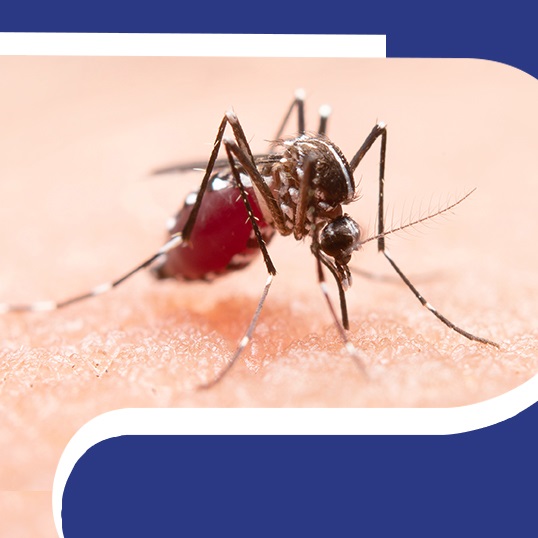Introduction
Malaria is a life-threatening disease caused by parasites transmitted to humans through the bites of infected female Anopheles mosquitoes. Despite significant advancements in medical science, malaria remains a major public health challenge in many parts of the world, particularly in tropical and subtropical regions.
Causes
The disease is primarily caused by five species of the Plasmodium parasite, with Plasmodium falciparum and Plasmodium vivax being the most prevalent. When an infected mosquito bites a human, the parasites enter the bloodstream and travel to the liver, where they mature and reproduce.
Symptoms
Malaria symptoms typically appear 10-15 days after the infective mosquito bite and include:
- High fever
- Chills
- Sweats
- Headaches
- Nausea and vomiting
- Muscle pains
- Fatigue
In severe cases, malaria can cause anemia, respiratory distress, and organ failure, potentially leading to death if not promptly treated.
Diagnosis and Treatment
Malaria is diagnosed through blood tests that detect the presence of Plasmodium parasites. Rapid diagnostic tests (RDTs) and microscopic examination of blood smears are common diagnostic methods.
Treatment involves antimalarial medications such as chloroquine, artemisinin-based combination therapies (ACTs), and other drugs, depending on the type of Plasmodium and the region of infection.
Prevention
Preventing malaria involves several strategies:
- Mosquito Control: Using insecticide-treated bed nets (ITNs), indoor residual spraying (IRS), and eliminating standing water where mosquitoes breed.
- Prophylactic Medications: Travelers to malaria-endemic areas can take antimalarial drugs as a preventive measure.
- Public Health Initiatives: Education campaigns, improved healthcare access, and ongoing research into vaccines and new treatments are crucial.
Conclusion
Malaria remains a significant global health issue, but with concerted efforts in prevention, diagnosis, and treatment, progress continues towards reducing its impact. Public awareness and international cooperation are key to overcoming the challenges posed by this disease.
